Leisure and recreation
I am an eclectic when it comes to leisure and recreation activities. They include gardening and landscaping, Hatha Yoga, classical dances and music, poetry and literature.
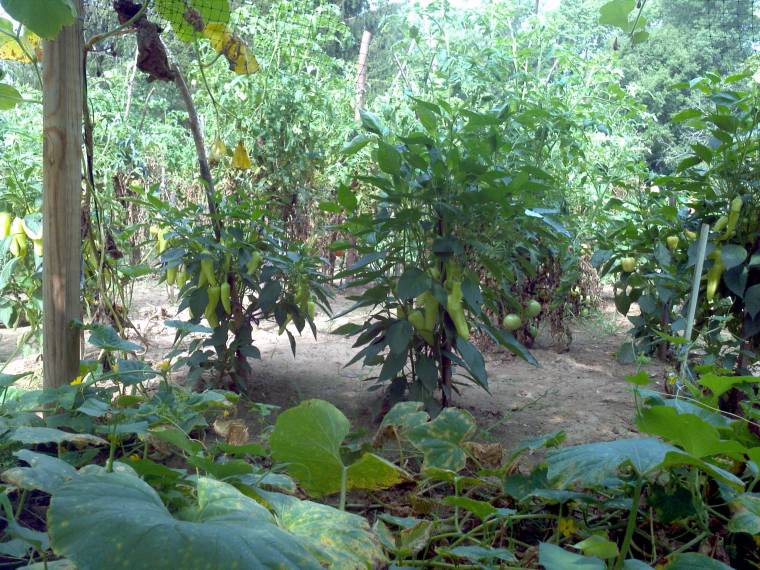
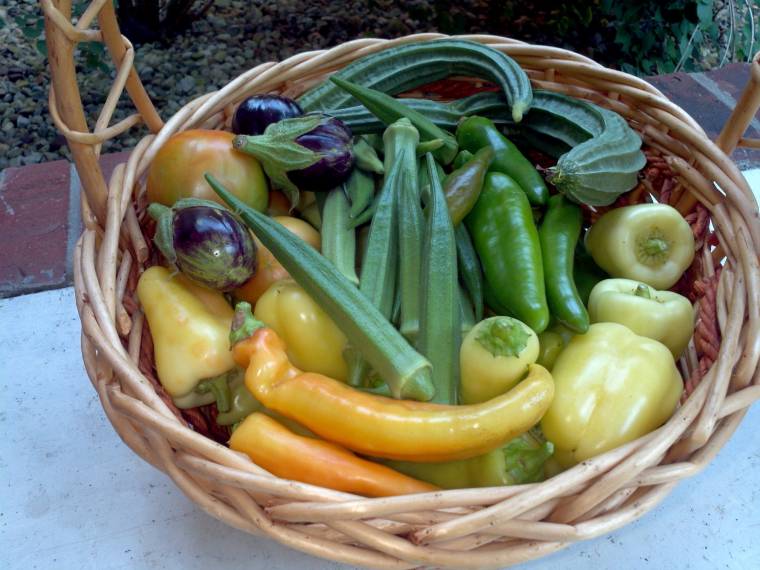
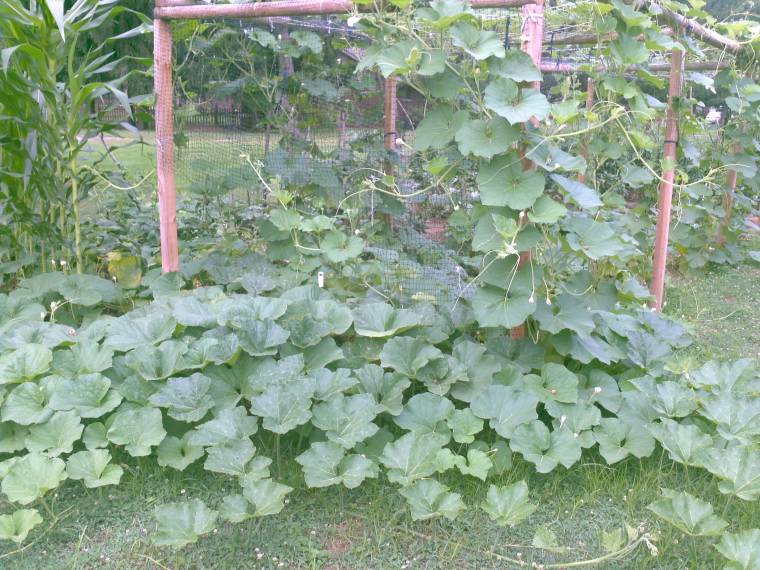
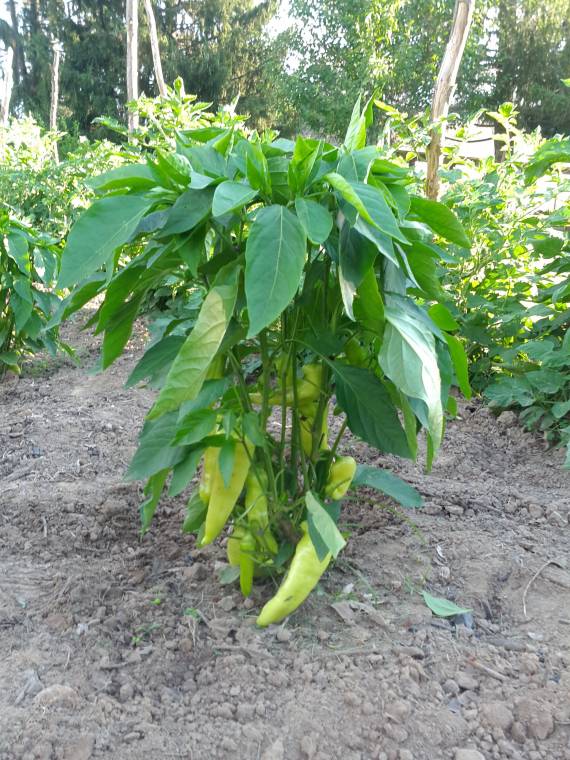
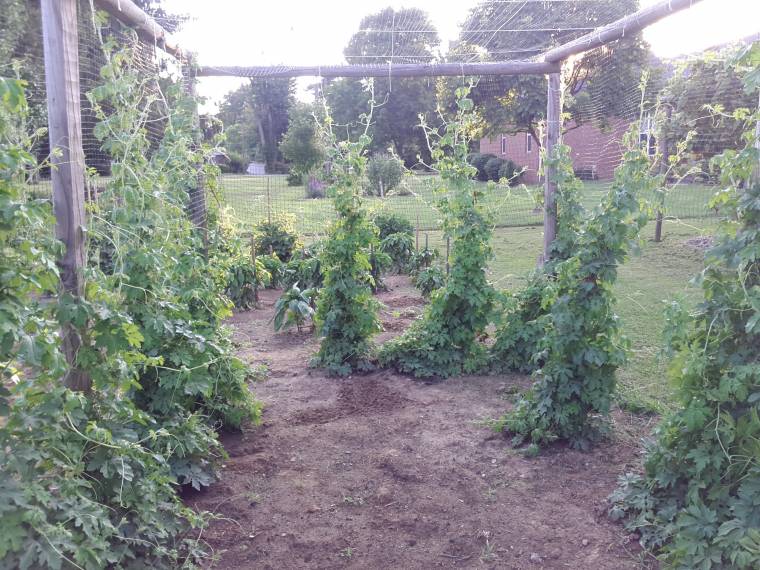
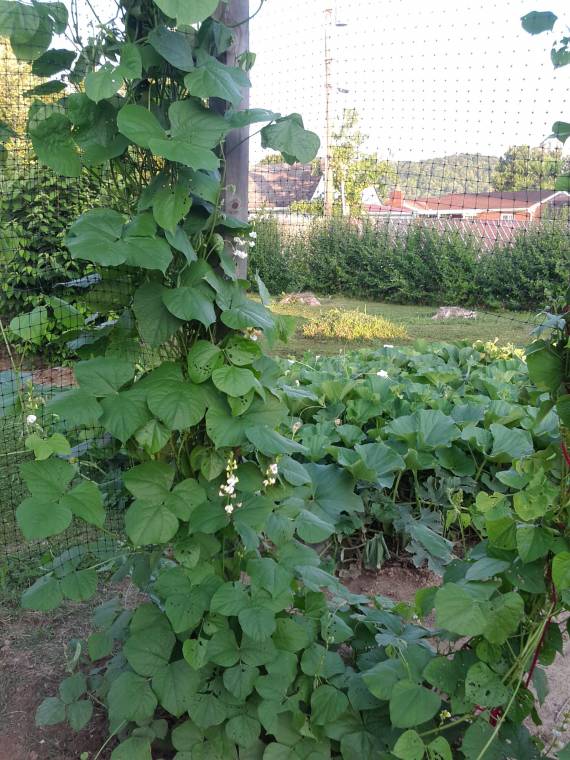
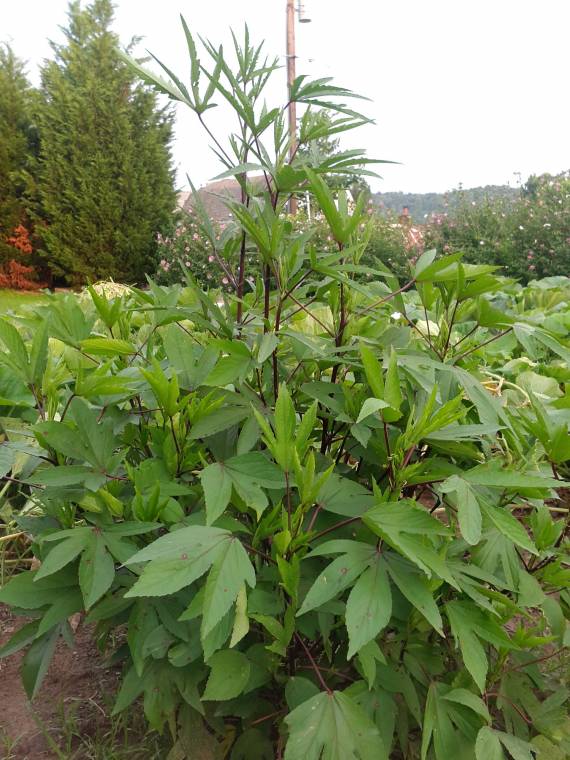
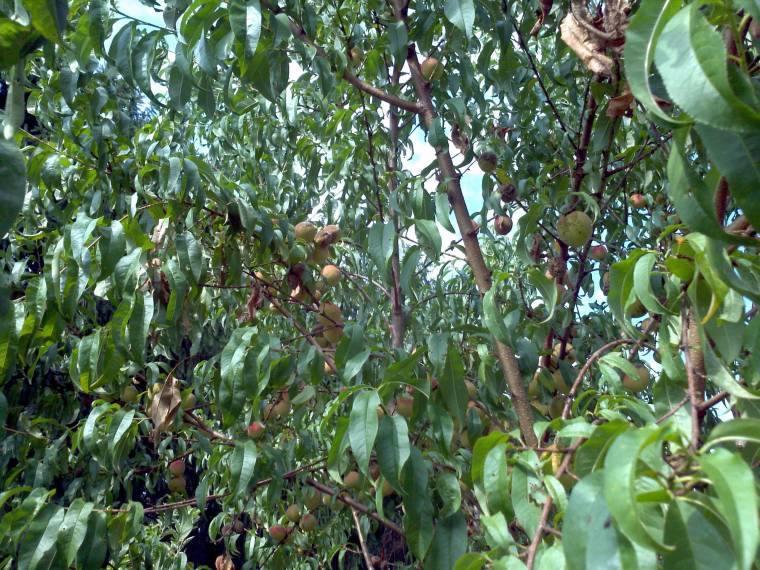
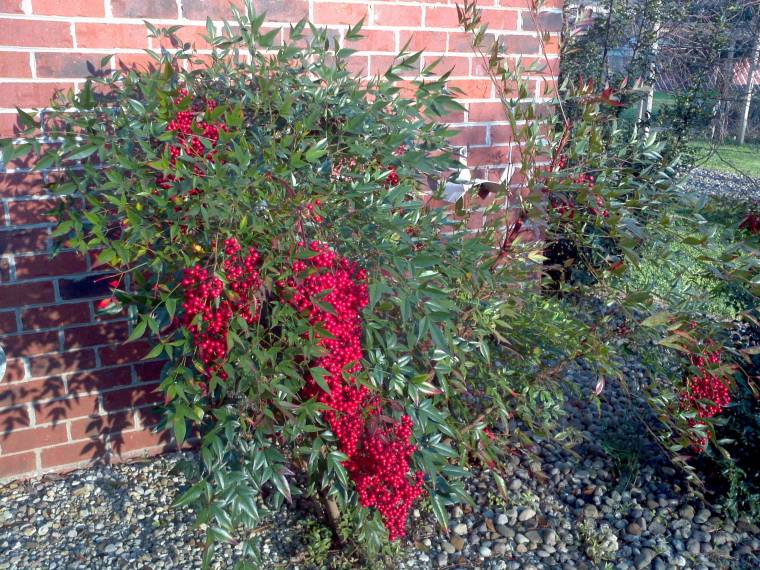
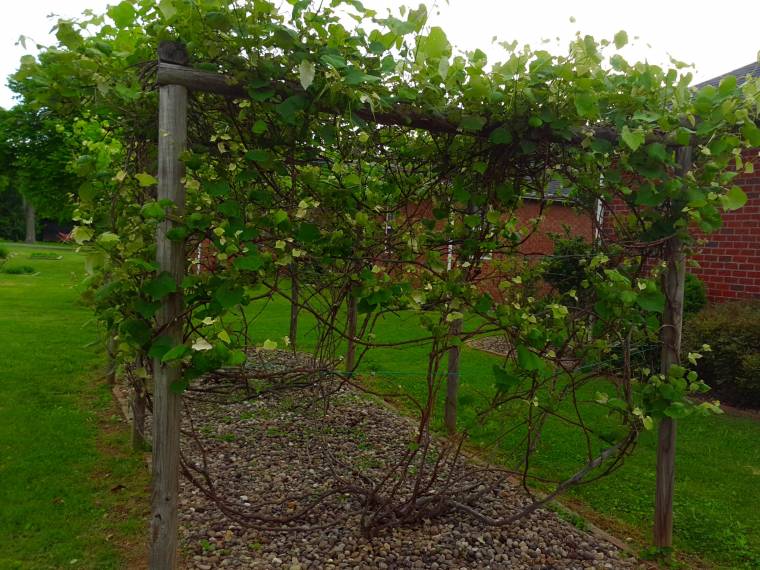
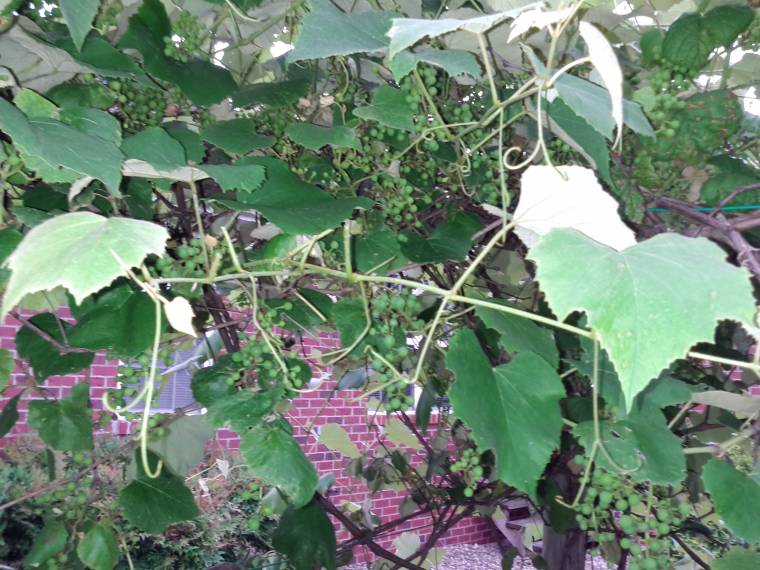
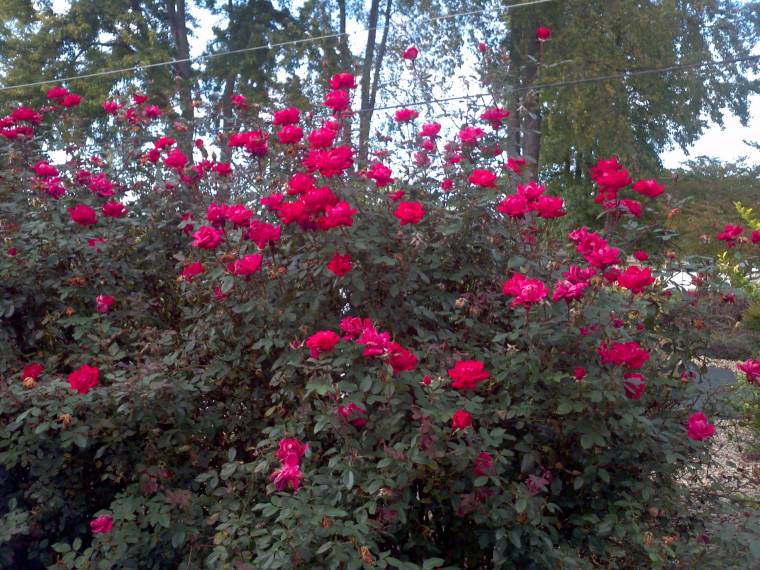
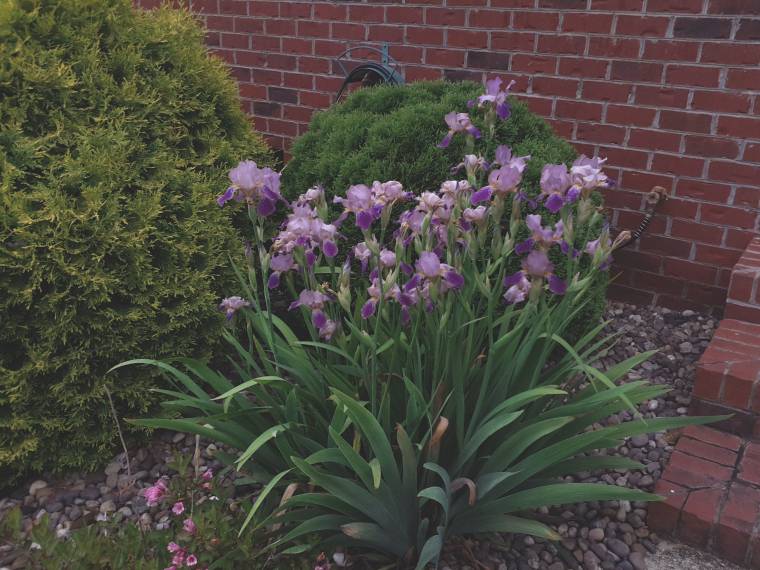
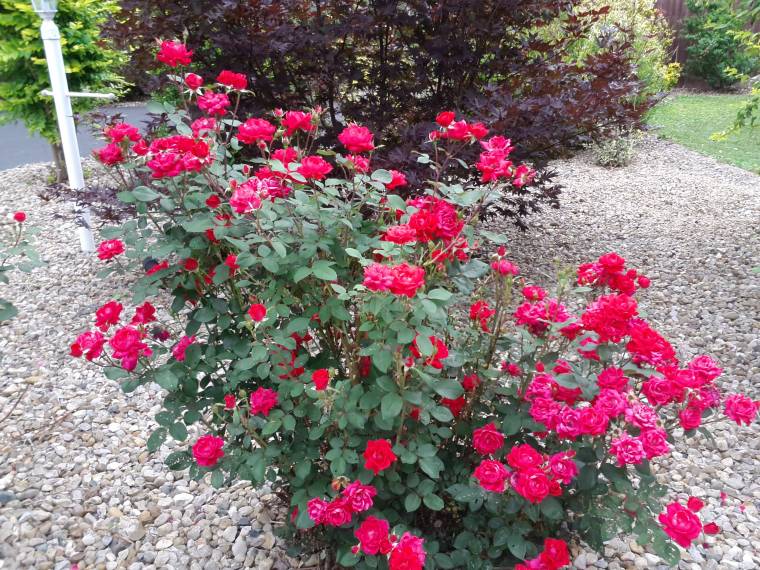

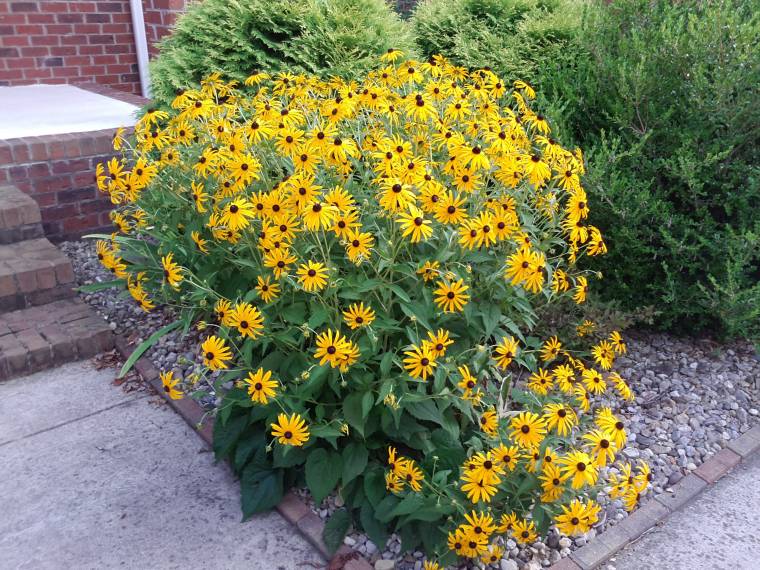
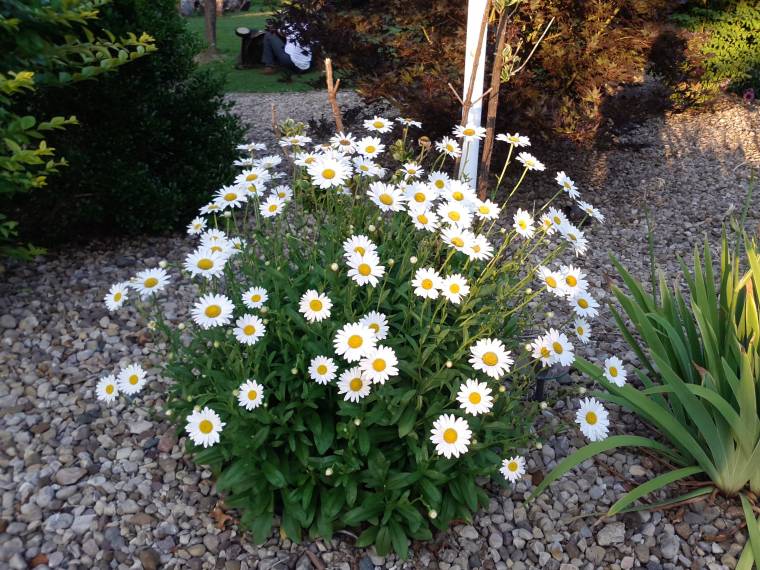
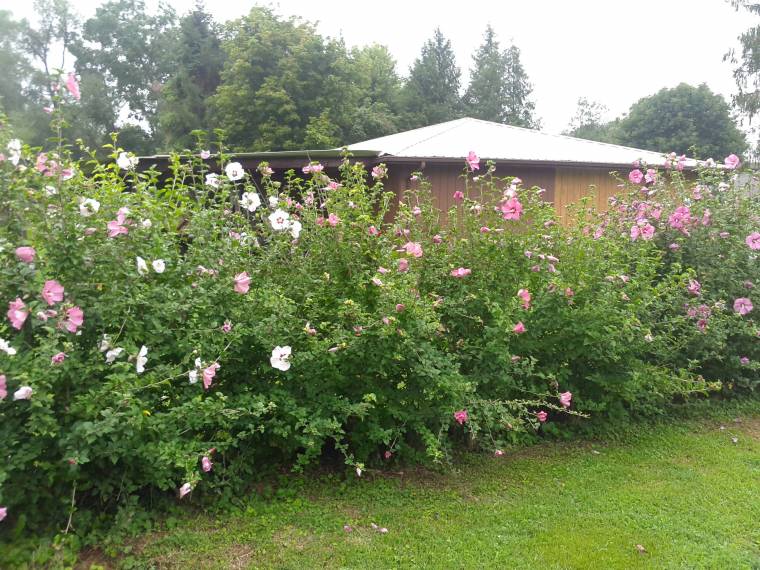
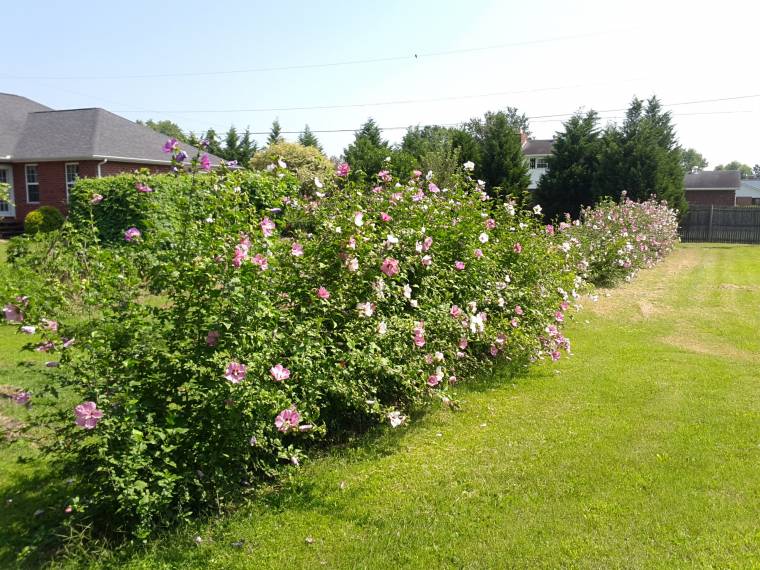
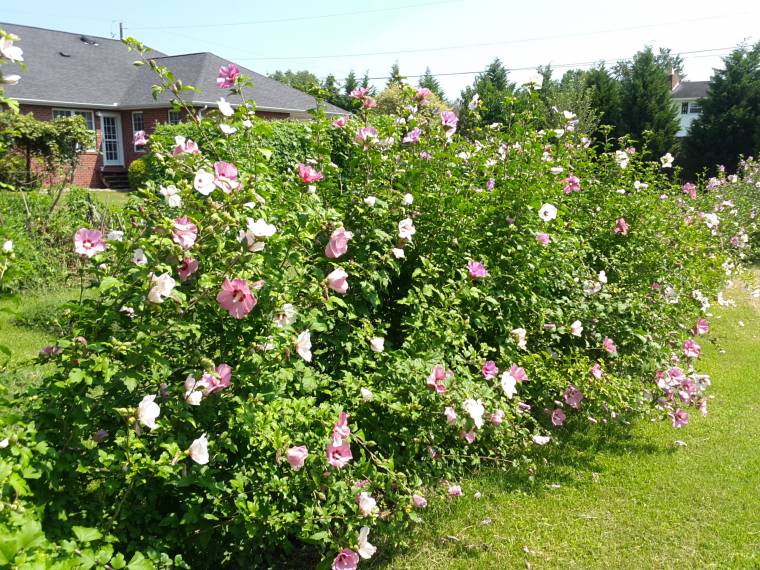
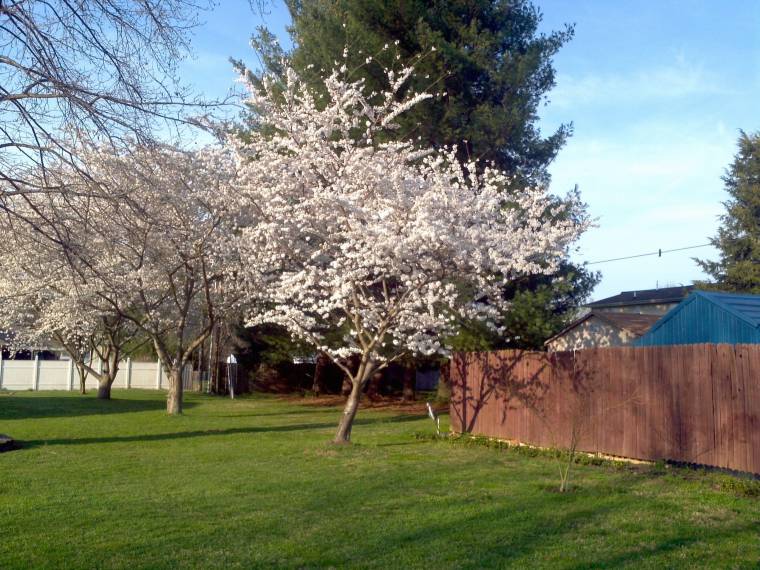
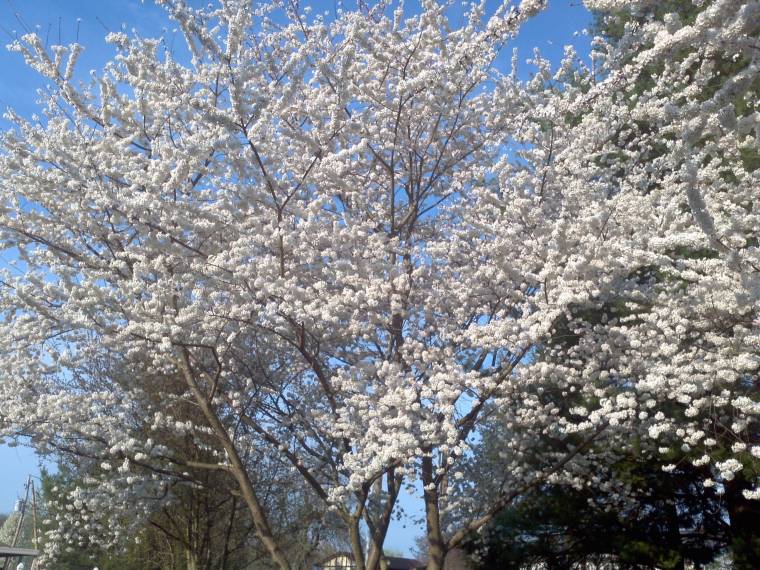
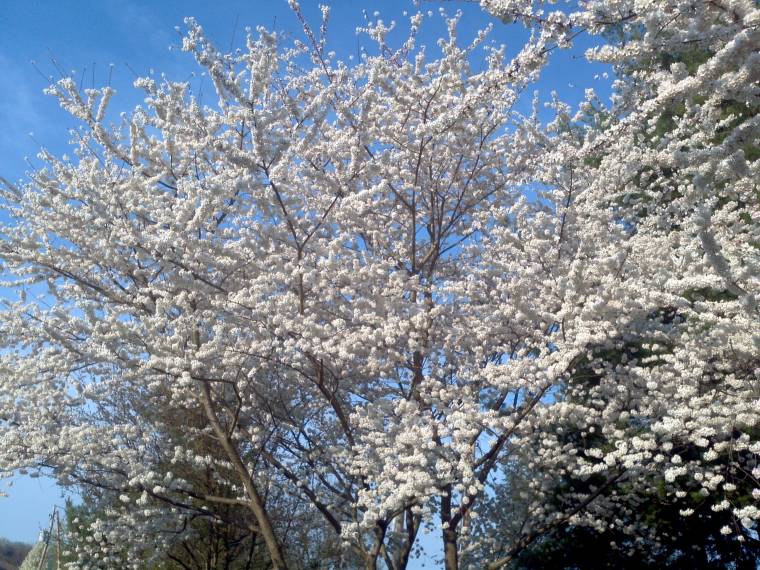
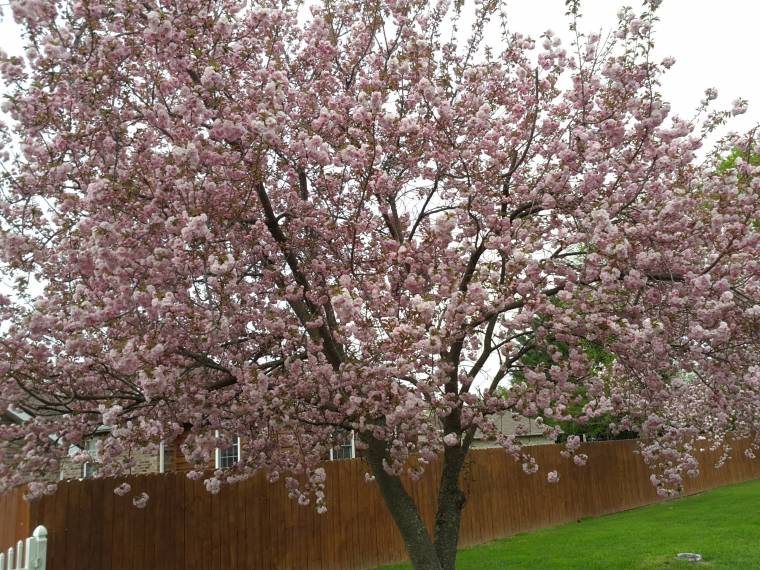
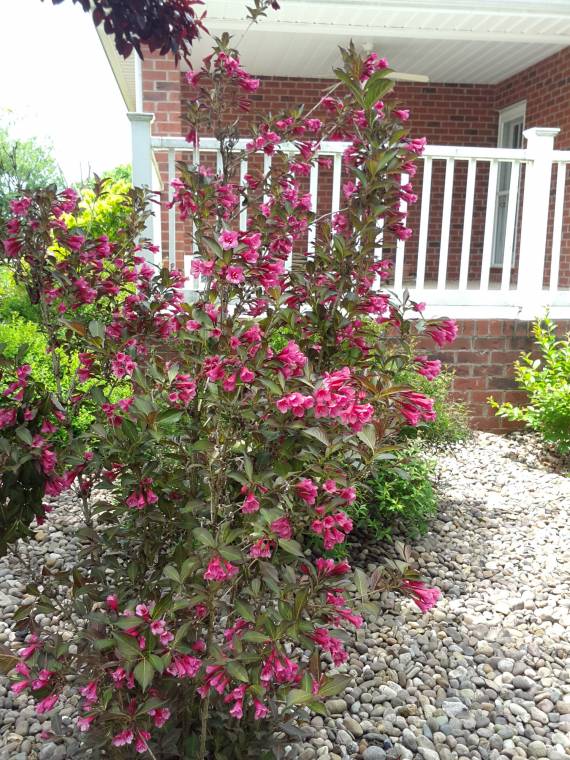
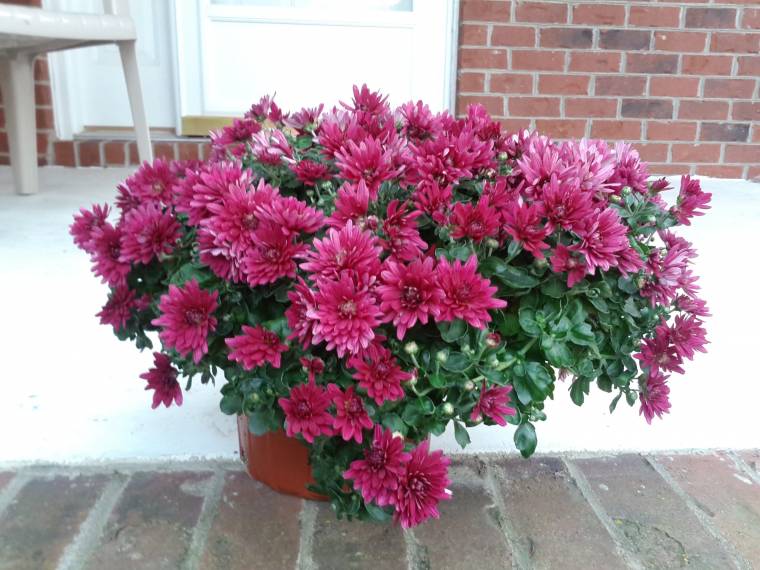
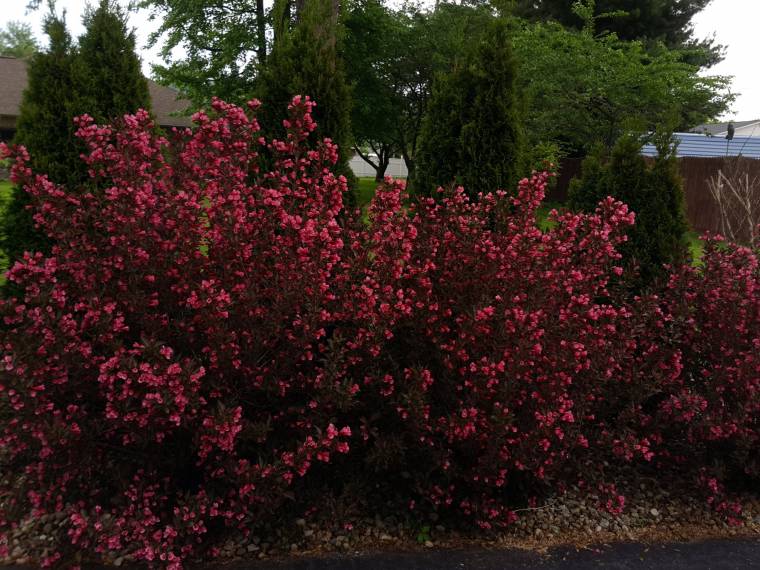
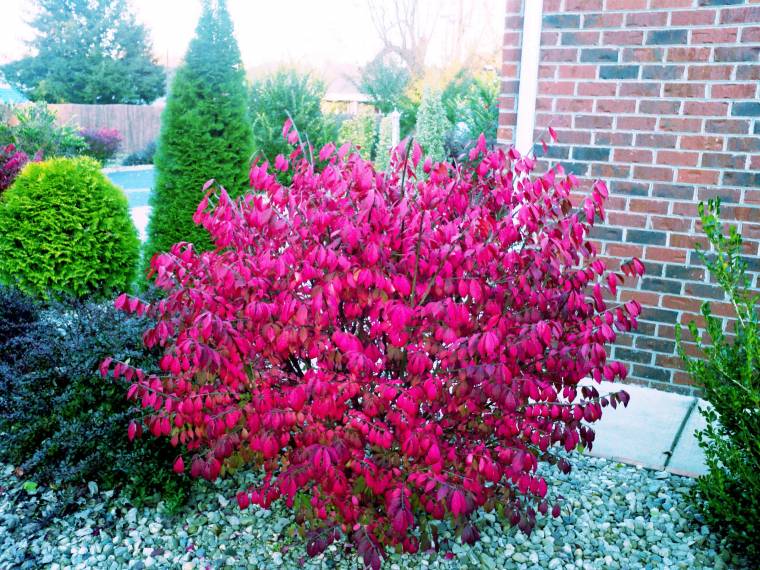
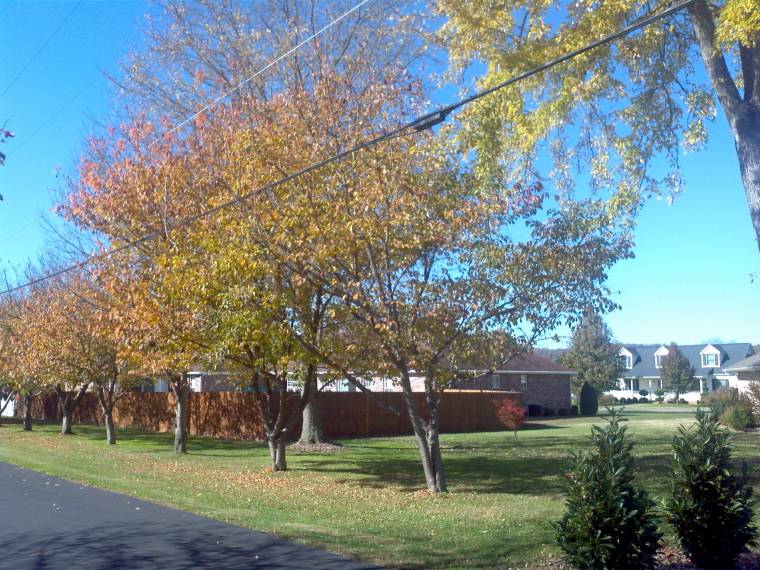
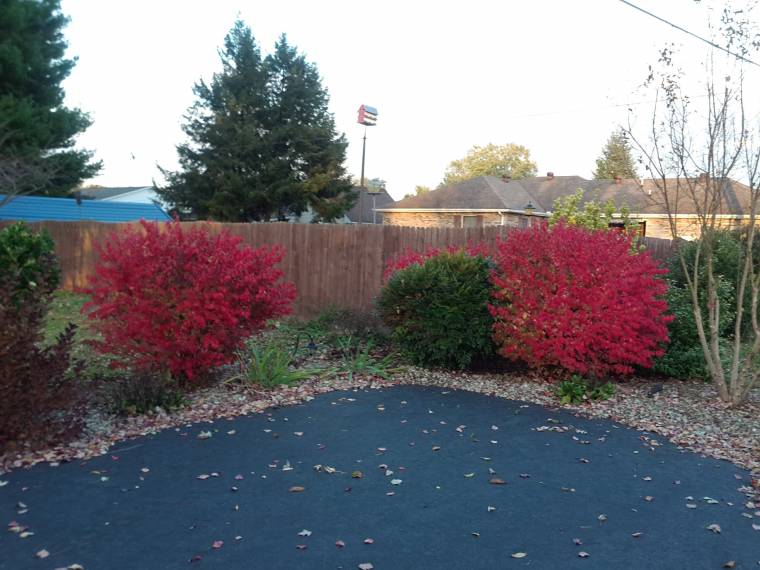
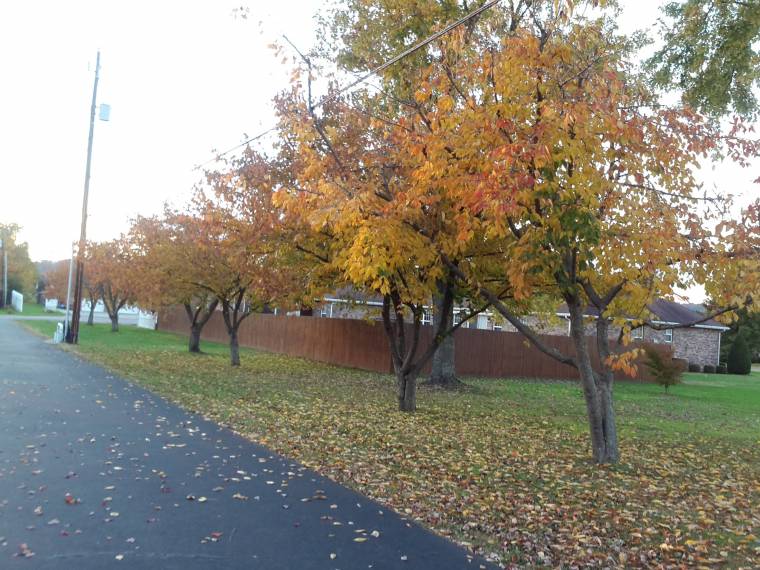
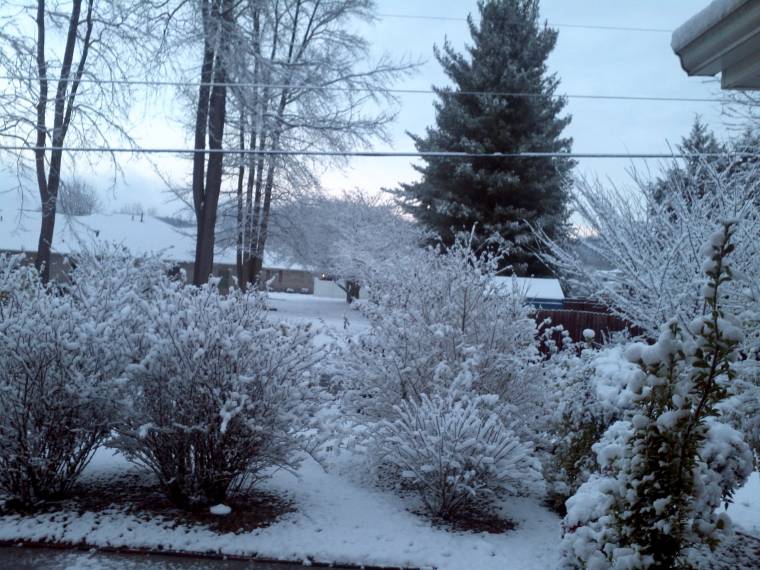
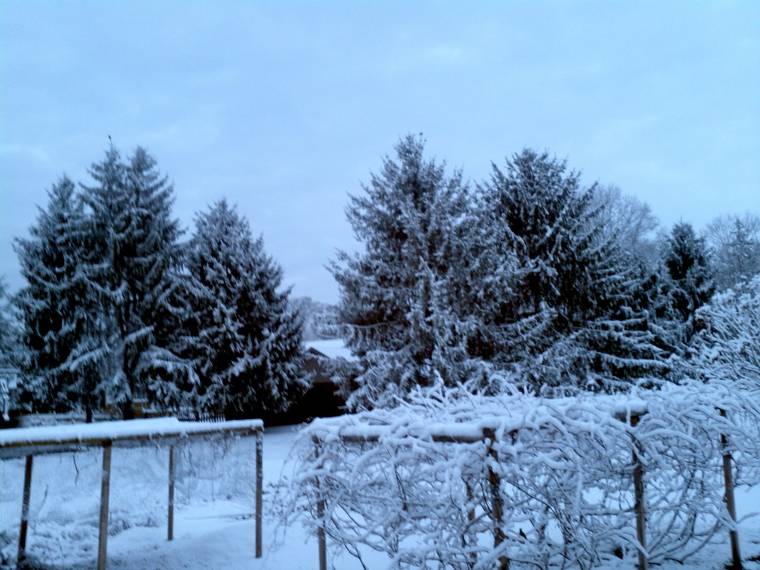
- Sandra Anderson and Rolf Sovik. Yoga: Mastering the Basic. Himalayan Institute Press, 2002. ISBN: 089389155X.
- Thom Ashley-Farrand. Healing Mantras: Using Sound Affirmations for Personal Power, Creativity, and Healing. Ballantine Books, 1999. ISBN: 0345431707.
- Baron Baptiste, Richard Corman, and Christy Turlington. Baron Baptiste’s Live! Series DV**. Fireside, 2002. ASIN: 097109828X.
- Baron Baptiste, Richard Corman, and Christy Turlington. Journey Into Power: How to Sculpt Your Ideal Body, Free your True Self and Transform your Life with Baptiste Power Vinyasa Yoga. Fireside, 2002. ISBN: 0743226593.
- Beryl Bender Birch. Power Yoga: The Total Strength and Flexibility Workout. Fireside, 1995. ISBN: 0020583516.
- Beryl Bender Birch. Beyond Power Yoga: 8 Levels of Practice for Body and Soul. Fireside, 2000. ISBN: 0684855267.
- Beryl Bender Birch. Beryl Bender Birch Power Yoga: The Practice DVD (2002). Image Entertainment, 2002. ASIN: B00006I4XS.
- Swami Buddhananda. Moola Bandha: The Master Key. Bihar School of Yoga, 1998. ISBN: 8185787328.
- John Capouya. Real Men Do Yoga: 21 Star Athletes Reveal Their Secrets for Strength, Flexibility and Peak Performance. Health Communications, 2003. ISBN: 0757301126.
- Sivananda Yoga Vedanta Center. Yoga: 101 Essential Tips. Dorling Kindersley, 1995. ISBN: 0-7513-0185-X.
- Sivananda Yoga Vedanta Center. Yoga: Mind & Body. Dorling Kindersley, 1996. ISBN: 0-7894-0447-8.
- Sivananda Yoga Vedanta Center. Simple Meditation: 101 Essential Tips. Dorling Kindersley, 1997. ISBN: 0-7894-2187-9.
- Sivananda Yoga Vedanta Center. The Yoga Cookbook: Vegetarian Food for Body and Mind: Recipes from the Sivananda Yoga Vedanta Centers. Fireside, 1999. ISBN: 0684856417.
- Swami Chetanananda. Dynamic Stillness (Part Two): The Fulfillment of Trika Yoga. Rudra Press, 1991. ISBN: 0-915801-27-2.
- Bikram Choudhury, Bonnie Jones Reynolds, Julian Goldstein, and Biswanath Bisu Ghosh. Bikram’s Beginning Yoga Class. J. P. Tarcher, 2000. ISBN: 1585420204.
- H. David Coulter and Timothy McCall. Anatomy of Hatha Yoga: A Manual for Students, Teachers, and Practitioners**. Body and Breath, 2002. ISBN: 0970700601.
- T. K. V. Desikachar. The Heart of Yoga: Developing a Personal Practice. Inner Traditions, 1999. ISBN: 089281764X.
- Godfrey Devereux and Sarah Robbie. Dynamic Yoga: The Ultimate Workout That Chills Your Mind As It Charges Your Body. Thorsons, 1999. ISBN: 0722536577.
- Donna Farhi. Yoga Mind, Body & Spirit: A Return to Wholeness. Henry Holt & Company, 2000. ISBN: 0805059709.
- Georg Feuerstein and KenWilber. The Yoga Tradition: History, Religion, Philosophy and Practice. Hohm Press, 2001. ISBN: 1890772186.
- David Harp. The Three-Minute Meditator. MJF Books, third edition, 1996. ISBN: 1-56731-299-3.
- Chip Hartranft. The Yoga-Sutra of Patanjali: A New Translation with Commentary. Shambhala, 2003. ISBN: 1590300238.
- Dona Holleman, Andrea Gennari, Naama Odenheimer, and Orit Sen-Gupta. Dancing the Body of Light. Pandion Enterprises, 2000. ISBN: 9080511323.
- B. K. S. Iyengar. The Tree of Yoga. Shambhala, 1988. ISBN: 0-87773-464-X.
- B. K. S. Iyengar. Light on Pranayama: The Yogic Art of Breathing. Crossroad/Herder & Herder, 1995. ISBN: 0824506863.
- B. K. S. Iyengar. Light on Yoga. Schocken Books, 1995. ISBN: 0805210318.
- B. K. S. Iyengar. Yoga: The Path To Holistic Health. DK Publishing, 2001). ISBN: 0789471655.
- B. K. S. Iyengar. Light on the Yoga Sutras of Patanjali. Thorsons Publishing, 2003). ISBN: 0007145160.
- Sri K. Pattabhi Jois. Yoga Mala. North Point Press, 2002. ISBN: 0865476624.
- Katrina Kenison and Rolf Gates. Meditations from the Mat: Daily Reflections on the Path of Yoga. Anchor, 2002. ISBN: 0385721544.
- Gary Kraftsow. Yoga for Transformation: Ancient Teachings and Practices for Healing the Body, Mind, and Heart. Penguin, 2002. ISBN: 0140196293.
- Shri Dhyanyogi Madhusudandasji. Shakti: An Introduction to Kundalini Maha Yoga. Dhyanyoga Centers, 2000. ISBN: 1883879086.
- John McAfee. The Fabric Of Self: Meditations on Vanity and Love. Woodland Publications, 2001. ISBN: 0971156921.
- John McAfee. Into the Heart of Truth: The Spirit of Relational Yoga. Woodland Publications, 2001. ISBN: 0971156913.
- John McAfee. The Secret of the Yamas: A Spiritual Guide to Yoga. Woodland Publications, 2001. ISBN: 0971156905.
- Silva Mehta and Mira Mehta. Yoga: The Iyengar Way. Knopf, 1990. ISBN: 0679722874.
- A.G. Mohan. Yoga for Body, Breath, and Mind: A Guide to Personal Reintegration. Shambhala, 2002. ISBN: 1570629773.
- A.G. Mohan. Yoga Therapy: A Guide to the Therapeutic Use of Yoga and Ayurveda for Health and Fitness. Shambhala, 2004. ISBN: 1590301315.
- Nancy O’Hara. Just Listen: A Guide to Finding Your Own True Voice. Broadway Books, 1997. ISBN: 0-7679-0022-7.
- Swami Sivananda Radha. Mantras: Words of Power. Timeless Books, 1994. ISBN: 0931454662.
- Swami Rama. Path of Fire and Light, Volume 1: Advanced Practices of Yoga. Himalayan Institute Press, 1999. ISBN: 0-89389-097-9.
- Swami Rama. Path of Fire and Light, Volume 2: A Practical Companion to Volume 1. Himalayan Institute Press, 1988. ISBN: 0-89389-112-6.
- Swami Rama. The Art of Joyful Living: Meditation and Daily Life. Himalayan Institute Press, 1989. ISBN: 0893891177.
- Swami Rama. The Art of Joyful Living. Himalayan Institute Press, 1998. ISBN: 0-89389-117-7.
- Swami Rama. Meditation and Its Practice. Himalayan Institute Press, 1998. ISBN: 0-89389-153-3.
- Swami Rama. Spirituality: Transformations Within and Without. Himalayan Institute Press, 1998. ISBN: 0-89389-150-9.
- Swami Rama. Living with The Himalayan Masters. Himalayan Institute Press, 1999. ISBN: 0-89389-156-8.
- Swami Rama. Mantra, Tantra & Miracles. Himalayan Institute Press, 2003. ISBN: 0-89389-231-9.
- Swami Rama, Rudolph Ballentine, and Alan Hymes. Science of Breath: A Practical Guide. Himalayan Institute Press, 1998. ISBN: 0-89389-151-7.
- Swami Satyananda Saraswati. Asana Pranayama Mudra Bandha. Bihar School of Yoga, twelfth edition, 2002. ISBN: 8186336141.
- Sri S. Satchidananda. The Yoga Sutras of Patanjali. Integral Yoga Distribution, 1990. ISBN: 0932040381.
- Vanda Scaravelli. Awakening the Spine. Harper, 1991. ISBN: 0-06-250792-3.
- Erich Schiffmann. Yoga: The Spirit And Practice Of Moving Into Stillness. Pocket Books, 1996. ISBN: 0671534807.
- John C. Scott. Ashtanga Yoga: The Definitive Step-by-Step Guide to Dynamic Yoga. Three Rivers Press, 2000. ISBN: 0609807862.
- Mukunda Stiles. Structural Yoga Therapy: Adapting to the Individual. Red Wheel/Weiser, 2001. ISBN: 1578631777.
- David Swenson. Ashtanga Yoga The Practice Manual: An Illustrated Guide to Personal Practice. Ashtanga Yoga Productions, 1999. ISBN: 1891252089.
- Pandit Rajmani Tigunait. Swami Rama of the Himalayas: His Life and Mission. Himalayan Institute Press, 1999. ISBN: 0-89389-149-5.
- Pandit Rajmani Tigunait. At the Eleventh Hour: The Biography of Swami Rama. Himalayan Institute Press, 2002. ISBN: 0-89389-212-2.
- Pandit Rajmani Tigunait. The Himalayan Masters: A Living Tradition. Himalayan Institute Press, 2003. ISBN: 0-89389-227-0.
- Swami Vishnu-Devananda. The Sivanda Companion to Yoga: A Complete Guide to the Physical Postures, Breathing Exercises, Diet, Relaxation, and Meditation Techniques of Yoga. Fireside, 2000. ISBN: 0684870002.
- Rodney Yee, Nina Zolotow, and Michal Venera. Yoga: The Poetry of the Body. St. Martin’s Press, 2002. ISBN: 0312273312.
- Paramhansa Yogananda. Autobiography of a Yogi. Crystal Clarity Publishers; also, available online at www.crystalclarity.com/yogananda/index.html, 2003. ISBN: 1565891082.
Compiled by Harsha Chakravarti. Original usenet posting to soc.culture.indian in July 1991. This article is derived from a book titled Sargam: An Introduction to Indian Classical Music by B. Chaitanya Deva.
Twenty centuries ago, the essential role of music of India was deemed to be purely ritualistic. Music as entertainment is supposed to have evolved much later. Another part of Indian music is folk music. Indian classical music is said to have evolved out of the mixture of these. It is presumed that folk music existed long before the Aryans came to India, the Dravidians having their own. The art of music practiced in India has a special significance, as it has developed from the ritualistic music in association with folk music and other musical expressions of neighboring nations, developing into its own characteristic art. Matured through “thought, experience and expression,’’ Indian classical music has become unique in the world.
The origin of Indian music
The origin of Indian music is said to be rooted in the Vedas. It is said that God Himself is musical sound, the sound which pervades the whole universe — Nadabrahma. The origins of Indian music are therefore considered divine. It is said that the musician has to cultivate an attitude of self-abandonment, in order to fuse with the Supreme Reality, Brahma.
Brahma is said to be the author of the four Vedas, of which the Sama Veda was chanted in definite musical patterns. Vedic hymns were sung in plain melody, using only 3 notes.
It took a long time for music to come to the form found in present-day India. The most important advance in music was made between the 14th and 18th centuries. During this period, the music sung in the north came in contact with Persian music and assimilated it, through the Pathans and the Mughals. It is then that two schools of music resulted, the Hindustani and the Carnatic. Hindustani music adopted a scale of Shudha Swara saptaka (octave of natural notes) and Carnatic music retained the traditional octave. During this period, different styles of classical compositions such as Dhrupad, Dhamar, Khayal,etc. were contributed to Hindustani music, along with many exquisite hymns, bhajans, kirtans, etc.
Tradition of music
The music of India is a pervasive influence in Indian life. It pervades the big and small events of Indian life, from child birth to death, religious rites and seasonal festivals. Originally, not all developments of music were reduced to writing. To keep their traditional integrity, they were imparted orally from teacher to pupil – the Guru-Shishya tradition. In the past, there used to be a system of Gurukul Ashram where teachers imparted knowledge to deserving students.
Shruti and Saptaka
The Indian musical scale is said to have evolved from 3 notes to a scale of 7 primary notes, on the basis of 22 intervals. A scale is divided into 22 shrutis or intervals, and these are the basis of the musical notes. The 7 notes of the scale are known to musicians as Sa, Ri, Ga, Ma, Pa, Dha and Ni. These 7 notes of the scale do not have equal intervals between them. A Saptak is a group of 7 notes, divided by the shrutis or intervals as follows:
- Sa
- 1 2 3 4
- Re
- 5 6 7
- Ga
- 8 9
- Ma
- 10 11 12 13
- Pa
- 14 15 16 17
- Dha
- 18 19 20
- Ni
- 21 22
The first and fifth notes (Sa and Pa) do not alter their positions on this interval. The other 5 notes can change their positions in the interval, leading to different ragas.
Raga – the soul of the classical music
The combination of several notes woven into a composition in a way which is pleasing to the ear is called a Raga. Each raga creates an atmosphere which is associated with feelings and sentiments. Any stray combination of notes cannot be called a Raga.
Raga is the basis of classical music. A raga is based on the principle of a combination of notes selected out the 22 note intervals of the octave. A performer with sufficient training and knowledge alone can create the desired emotions, through the combination of shrutis and notes.
There are a limited number of ragas in Hindustani music; as the use of a “KING” note and a “QUEEN” note restricts to a great extent, the creation of new ragas. The raga forms the backbone of Indian music, and the laws laid down for the ragas have to be carefully observed to preserve and safeguard their integrity. The following points are required in the construction of a Raga:
- Thaats or sequence of notes
- Jaatis or classification
- “King” and “Queen” relation of the notes, i.e., Vadi and Samvadi
- The Ascent and Descent of the rag, i.e., Aroha and Avaroha
- Important cluster of notes
- Pitch
- Speed
Every Raga is derived from some Thaat or Scale.Ragas are placed in three categories:
- Odava or pentatonic, a composition of five notes.
- Shadava or hexatonic, a composition of six notes.
- Sampoorna or heptatonic, a composition of seven notes.
Every Raga must have at least five notes, starting at Sa, one principal note, a second important note and a few helping notes. The principal note, “KING” is the note on which the raga is built. It is emphasized in various ways, such as stopping for some time on the note, or stressing it. The second important note or the “queen”corresponds to the “King” as the fourth or fifth note in relation to it. The ascent and descent of the notes in every raga is very important. Some ragas in the same scale differ in ascent and descent. In every raga, there is an important cluster of notes by which the raga is identified. There are certain ragas which move in a certain pitch and if the pitch is changed, the raga fails to produce the mood and sentiment peculiar to it. The speed is divided into three parts : Vilambit (slow), Madhya (Medium) and Drut (fast).
Another aspect of the ragas is the appropriate distribution in time during the 24 hours of the day for its performance, i.e. the time of the day denotes the raga sung a particular time. Ragas are also allotted a particular time space in the cycle of the day. These are divided into four types:
- Sandi-prakash ragas or twilight ragas when the notes re and dha are used – such as Raag Marwa, Purvi.
- Midday and Midnight ragas which include the notes ga and ni (komal).
- Ragas for the first quarter of the morning and night which include the notes re, ga, dha and ni (komal).
- For the last quarter of the day and night, the ragas include the notes sa, ma and pa.
All the ragas are divided into two groups – Poorva Ragas and Uttar Ragas. The Poorva Ragas are sung between 12 noon and 12 midnight. The Uttar Ragas are sung between 12 midnight and 12 noon. The variations on the dominant or “King” note help a person to find out why certain ragas are being sung at certain times. This raga classification is about 500 years old and has been adopted by Pandit V. N. Bhatkhande in his textbooks on Hindustani music.
The beauty of the raga will not be marred by the time of the day it is sung. It is the psychological association with the time that goes with the mood of the raga. The object of a raga is to express a certain emotional mood and sentiment without any reference to time and season. For a student of classical music, this classification may give an idea as to how to base his reasons for the traditional usage of ragas.
Another division of ragas is the classification of ragas under six principal ragas – Hindol, Deepak, Megh, Shree and Maulkauns. From these six ragas, other ragas are derived. The first derivatives of the ragas are called raginis, and each of the six ragas have five raginis under them. Further derivatives from these ragas and raginis resulted in attaching to each principal raga 16 secondary derivatives known as upa-ragas and upa-raginis.
All the ragas are supposed to have been derived from their thaats. Every raga has a fixed number of komal (soft) or teevra (sharp) notes, from which the thaat can be recognised. In other words, a certain arrangement of the 7 notes with the change of shuddha, komal and teevra is called a thaat. There are several opinions in this matter. According to Pandit V.N. Bhatkhande, the 10 thaats used to classify the ragas are:
- Bilaval – with all shuddh or natural notes.
- Khamaj – with the ni note as komal.
- Kafi – with the ga and ni notes as komal.
- Asavari – with the ga, dha and ni notes as komal.
- Bhairavi – with the re, ga, dha and ni notes as komal.
- Bhairav – with the re and dha notes as komal.
- Poorvi – with the re and dha notes as komal and the ma note as teevra.
- Todi – with the re, ga and dha notes as komal and the ma note as teevra.
- Marwa – with the re note as komal and the ma note as teevra.
- Yaman – with the ma note as teevra only.
Classical music vs. folk music
Classical music is bound by certain laws and restrictions having a definite standard and scale with 22 intervals. Folk music, on the other hand, has different forms depending on the region it belongs to. With flexibility in its expression, it is not bound by laws or any set pattern. Folk music has its peculiar expressions and emotions and has established a tradition of its own.
In classical music, emotions are expressed through a particular raga, though the lyric or composition has its own importance. Classical music can be effective if the musician renders the raga in its various stages and moods. This is not the case with folk music, where the musical notes have less value and the poetic content has greater impact and rythm plays a very important role. Songs and lyrics of folk music portray the common life of the villagers.
Intricacies of ragas
The art of appreciation and listening of classical music requires a special approach. In this context, the requirements are love of music and sympathy towards the artist. The people having initial background knowledge of ragas, notes, shrutis and taals are classified as ideal listeners.
The common listener has a general liking for music and has to cultivate and develop patience in listening to classical music. Such a listener may not appreciate the imaginative approach of the performer. To understand and appreciate a raga, one should know, understand and feel the inner meaning of the shrutis and how these create a desired effect on the mind and heart. Basically one has to be initiated into the art of listening to classical music.
The responsibility of a classical musician lies in the mode of his presentation to the listener, in his capacity to make ‘perfect’ and ‘common’ listeners understand and appreciate classical music. The classical musician should have the zeal as a missionary to create the true spirit and essence of classical music, so that he can help in the growth of an appreciative audience.
Vocal music and different styles of singing
One distinguishing characteristic of Indian Music is the relationship of each swara (note) with the Shadja (tonic) which determines the placing of the swaras and the expression of each swara in the saptak (scale). Hence the constant playing of the drone is necessary. A singer is always accompanied by an instrument called “Tanpura” which is tuned to suit his key note. It should be suitable for his voice, to suit one and a half octave above the tonic and one octave below. This range of his voice should be used effortlessly.
In sketching the outline of the raga, he improvises on the ascending and descending notes, observed the prescribed relation of “King” and “Queen” and the important group of notes which characterises the particular raga.
- After the Alap, he starts the actual raga, accompanied by the Tabla.
- The Antara or the second half of the song, going upto the higher Sa and returning back.
- Sancharee or using both halves of the song and complete octave with the ascent and descent.
- Aabhog or the mixture of the above three, covering the three octaves.
In singing, the musician improvises the song with alap, or an improvisation of notes is slow tempo. The alap proceeds leisurely, without being particular about the time measure, but laden more with the emotional content of the raga. Then he starts the “boltaan”, an improvisation of notes in medium or fast tempo, with the wordings of the song with particular emphasis on rythmic variations as the aim. The third is “sargam”, the improvisation of notes with short names, and these are produced in various rythmic patterns with suitable combination. The last is “taans”, an improvisation of notes taken in slow, medium and fast tempo.
The main characterstic of classical music is the scope of systematic improvisation in the building up of the raga. An improvisation of the raga means a succession of musical sounds denoting the fertility of genius. A master musician always brings out startling new combinations. Every musician is supposed to improvise, but real improvisation is supposed to weave new patterns into the framework of a raga.
A great stress is laid on voice culture through a regular and systematic training. The following are some important rules for the vocalists to be observed:
- Highly trained and melodious voice, with perfect control.
- A thorough knowledge of most of the ragas, the techniques and all the types of compositions.
- Simple and pleasant expression of the face and hand gestures.
- Thorough knowledge of tala theory and important talas.
- Possession of a perfect tone, perfectly in tune, in relation to the notes used in his singing and a perfect understanding and a practice of the use of shrutis.
In Hindustani, there are 10 main forms of styles of singing and compositions – Dhrupad, Dhamar, Hori, Khayal, Tappa, Chaturang, Ragasagar, Tarana, Sargam and Thumri. The Dhrupad style is supposed to be the oldest. In this style, we find the gravity and stability of notes, improvisations of Alap, peculiar variations of rythmic patterns not found in any other styles. There are four forms of Dhrupad singing – Daagar Bani, Khandaar Bani, Nauhar Bani and Gauhar Bani.
Khayal is an extempore development and improvisation of the typical composition sung in different ragas with alap, boltaan and taans. Khayals are of two varieties – Vilambit (slow tempoed) and Drut (fast tempoed). They are sung in different talas.
Tappa is another style of song composition, which has short and modulated graceful taans: a sort of ornamental chain of small cluster of notes.
Ragasagar consists of different parts of musical passages in different ragas, as one song composition. These compositions have 8 to 12 different ragas and the lyrics indicate the change of the ragas. The peculiarity of this style depends on how smoothly the musical passages change along with the change of ragas.
Tarana is a style consisting of peculiar syllables woven into rythmical patterns as a song, and it is usually sung in faster tempo.
Chaturang denotes four colours or a composition of a song in four parts: Fast Khayal, Tarana, Sargam and a “Paran” of Tabla or Pakhwaj.
Thumri is supposed to be a romantic and erotic style of singing; the song compositions are mostly of love, separation and devotion. They are usually sung in slower tempo, giving more importance to the lyrics with short alaps.
Hori compositions are based mostly on the description of the spring season: of colour throwing, based on the Radha-Krishna episodes. Horis are of two varieties – “Pakki Hori” and “Kacchi Hori”. “Pakki Hori” is very dignified, sung in Dhamar style, while “Kacchi Hori” is sung in Deepchandi Tala, in which fast taans are used.
The laws governing the performance of vocal and instrumental music are much the same. There are 2 modes of training for instrumental, one which is purely instrumental, and the other who first receive training in vocal music.
The Gharana or family is a school of a particular style of singing or playing instruments, or a traditionally characteristic individual style. The birth of Gharanas must have taken place in the 18th century with the idea of preserving the tradition of music and the musical compositions. A Gharana has got a particular discipline, system and style. The character and style of traditionally disciplined music of a gharana remains with one generation only, and in due course one of the brilliant pupils adds his own individual contribution and creates a new style of singing.
In the case of the instrumentalists, we may divide Gharana into 2 categories. The first is the traditional disciplined style giving more stress on the “JHOD-ALAP” and exploring all possibilities in this direction, plus the gat and a perfect layakari. The second gives less importance to the “JHOD-JHALA”, but lays more stress on the gat and the perfect layakari.
Tala - rhythmical grouping of beats
There is a perfect balance in the universe. This balance is the essence of Tala and therefore Tala is in classical music is an important factor. The Tala is the theory of time measure. It has the same principle in Hindustani and Carnatic music, though the names and styles differ. The musical time is divided into simple and complicated metres. When accompanying the dance, vocal and instrumental music, the Tala maintains the balance which is the most essential function of music. Tala is independent of the music it accompanies: it has its own divisions. It moves in bars, and each beat in it is divided into the smallest fraction.
Rythm has three aspects: Tala, Laya and Matra. Tala is a complete cycle of Metrical phrasecomposed of a fixed number of beats. There are over a 100 Talas, but only 30 Talas are known and only about 10-12 are used.
The Laya is the tempo, which keeps uniformity of time span and it has 3 divisions – Vilambit, Madhya and Drut.
The Matra is the smallest unit of the tala.
Tala is the most important aspect of classical music, and it can be considered to be the very basis or pulse of music. To appreciate the structure of simple and complicated divisions, the improvisations of Tala and its theory, one should listen to an accomplished solo drummer. A classical drum player requires at 8-10 years of methodical training and another 4-5 years of hard practice.
Glossary
- Aabhog
- One of the four parts of a song.
- Alap
- Elaboration of a melody without accompaniments.
- Antara
- The second half of a song based on the higher notes of the scale.
- Aroha
- The ascending order of notes.
- Avaroha
- The descending order of notes.
- Boltaan
- Use of words in the improvisation of notes in medium or fast tempo.
- Chaturang
- A style of Hindustani music composition.
- Dhamar
- A style of composition in 14 beats of a Tala.
- Dhrupad
- A style of composition in 12 beats of a Tala.
- Drut
- Fast Tempo of the music.
- Gat
- A fixed composition of instrumental music.
- Guru
- Traditional teacher or preceptor.
- Hori
- A musical form of composition mostly sung in the spring festival.
- Jati
- Model Scale.
- Khayal
- Composition in Hindustani music, usually in a slow tempo, in which the artist uses a great deal of improvisation.
- Laya
- Tempo.
- Matra
- One beat of the rythm.
- Nada
- Sound.
- Odava
- Pentatonic mode emphasizing any five notes.
- Poorva Ragas
- Ragas sung between the hours of 12 midnight and 12 noon.
- Raga
- Combination of notes which conveys a definite emotion.
- Rasa
- The flavor to be realized in the aesthetic emotion.
- Sampoorna
- All the seven notes.
- Sandhi prakash
- Twilight.
- Sargam
- Presentation of a melody in actual notes.
- Shadava
- Sexatonic mode emphasizing any six notes.
- Shishya
- Pupil.
- Shruti
- Musical interval.
- Shuddha swara
- A pure note.
- Saptak
- An octave of natural notes.
- Tala
- Time measure of rhythmic beat.
- Taan
- Improvisations of notes in medium and fast tempo.
- Thaat
- A scale or mould out of which a group of ragas originate.
- Vilambit
- Slow tempo.
Published by the Centre of Indian Arts, London during the Sanskritik 7th Festival of Arts of India under the artistic direction of Birendra Shankar (Posted on RMIM by Vandana Sharma).
Once a King asked a sage how to make sculptures of the Gods. The sage said, “Someone who does not know the laws of painting could never understand the laws of sculpture. Someone who has no knowledge of the principles of instrumental music cannot know the laws of dancing. Someone who does not understand the art of vocal music cannot understand the principles of instrumental music.
It is through the medium of the arts that people of different nations and backgrounds are able to communicate and understand each other better. The West is becoming more familiar with Indian music – it is no longer merely an exotic expression of the East, but is reaching an ever growing and more knowledgeable and appreciative audience.
The music of India and its history are too complex to be described briefly. Nevertheless a brief introduction will help those who are new to Indian music; they will no doubt be more influenced by what they hear than by what they read but a foreknowledge of certain theoretical points may assist their appreciation.
Heritage
Indian music has a very long, unbroken tradition – the accumulated heritage of centuries. The origin can be traced back to Vedic days - nearly two thousand years. The culture of India today is an outcome of the interaction and interweaving of races and cultures, both indigenous and foreign; and it is the study of the contribution of these various races and tribes that gives us the picture of the evolution of Indian music. The Negrito, the Mongoloid, the Dravidian, and the Aryan, have all contributed to the complexity of Indian culture.
North Indian music is popularly known as Hindustani music and South Indian as Karnatic; their origin is the same, only the approach and style are different. When and how the two main schools crystallized would be an interesting study but the earliest treatises of Indian music do not make any distinction between Northern and Southern schools.
Influences
One of the strongest and most significant influences has perhaps been that of Islam (and of Persian music); a few centuries of Muslim invasion and rule brought in its wake a changed perspective in the style of Northern Indian music, rather than in its structure. Not being part of the religious ritual it was necessarily fostered outside the places of worship; hence an element of physical pleasure, particularly of the courtier, became predominant.
It is interesting to note the influence of Indian music on sculpture and particularly painting. Painters have portrayed the theme of the Raga and they have named their paintings after the Ragas and Raginis. Both paintings and sculpture concentrate on creating contained, volume-filled forms. Great care is taken to keep the basis simple. The moving line and contained space complement each other, giving each other meaning. This is exactly analogous to the character of Indian musical melody, which moves in smooth united motions, including within its curves definite units of musical form.
Structure
The tradition of Indian music should be understood in the context of Indian life and thought. The theory and practice of Indian music are the logical result of a consistent development, a distinctive process, which plays an integral part in Indian history and culture. One should not listen to Indian music and judge it in terms of Western music or any other musical form. It would be like judging Beethoven or Brahms in terms of Raga (the basis of Indian melody) and Tala (the basis of Indian rhythm). Ideally, the western listener is requested to forget counterpoint, harmony, and mixed tone colors and to relax into the rhythmic and melodic pattens of a great cultural heritage.
Each melodic structure of Raga has something akin to a distinct personality subject to a prevailing mood. Early Indain writers on music, carried this idea further and endowed the Ragas with the status of minor divinities, with names derived from various sources, often indicating the origin or associations of the individual Ragas. In theoretical works on music each Raga was described in a short verse formula, which enabled the artiest to visualize its essential personality during meditation prior to the performance. This borrowing of the meditational technique used in Hindu worship enabled the musician to enter into the mood of a particular Raga and thus perform is successfully.
Technical aspects
Raga is neither a scale, nor a mode. It is, however, a scientific, precise, subtle, and aesthetic melodic form with its own peculiar ascending and descending movement which consists of either a full octave, or a series of six or five notes. An omission of a jarring or dissonant note, or an emphasis on a particular note, or the slide from one note to another, and the use of microtones along with other subleties, distinguish one Raga from the other. There are 72 ‘melas’, or parent scales, on which Ragas are based.
Raga has its own principal mood such as tranquility, devotion, eroticism, loneliness, pathos, heroism, etc. In Indian music there is above all an awareness between man and nature, each acting and reacting on the other, and hence each Raga is associated, according to its mood, with a particular time of the day, night or a season. Improvisation is an essential feature of Indian music, depending upon the imagination and the creativity of an artist; a great artist can communicate and instill in his listener the mood of the Raga.
‘Tala’ is the second important factor in Indian music. These are rhythmic cycles ranging from 3 to 108 beats. The division in a Tala and the stress on the first beat, called ‘Sum’, are the most important features of these cycles. Talas having the same number of beats may have a stress on different beats, e.g. a bar of 10 beats may be divided as: 2-3-2-3, or 3-3-4, or 3-4-3. Within the framework of the fixed beats the drummer can improvise to the same extent as the principal artists after going their separate ways, come back together with an accent or stress on the first beat. Thus, the ‘Sum’ becomes the most important beat of emphasis thougout a recital of Indian music, since this urge for unity and its fulfillment are the most rewarding experience.
Glossary (general)
- Alap
- Is the first movement of the Raga. It is a slow, serene movement acting as an invocation and it gradually develops the Raga.
- Jor
- Begins with the added element of rhythm which (combining with the weaving of innumerable melodic patterns) gradually grains in tempo and brings the raga to the final movement.
- Jhala
- Is the final movement and climax. It is played with a very fast action of the plectrum which is worn on the right index finger.
- Gat
- Is the fixed composition. A gat can be in any Tala and cab be spread over from 2 to 16 of its rhythmic cycles in any tempo, slow, medium or fast. A Gat (for a fixed composition), whether vocal or instrumental, has generally two sections. The first part is called “pallavi” – South Indian term - or “asthayi” – North Indian term – which opens the composition and is generally confined to the lower and middle octaves. The following part of the composition is called the “anupallavi” (or antara) which usually extends from the middle to upper octaves. In South Indian music further melodic sections called “charana” follows the “anupallavi.”
Glossary (Talas)
- Dadra
- Rhythmic cycle of 6 beats divided 3-3.
- Rupak
- Rhythmic cycle of 7 beats divided 3-2-2.
- Jhaptal
- Rhythmic cycle of 10 beats divided 2-3-2-3.
- Ektal
- Rhythmic cycle of 12.
- Adha-Chautal
- Rhythmic cycle of 14 beats divided 2-4-4-4.
- Teen-Tal
- Rhythmic cycle of 16 beats divided 4-4-4-4.
Glossary (Southern form)
- Varnam
- A composition usually sung or played at the beginning of a recital. It reveals the general form of the Raga. The Varnam is made up of two parts: the Purvanga (or first half), and the Uttaranga (or second half). The two halves are almost equal in length.
- Kriti
- A composed song set to a certain Raga and fixed Tala (rhythmic) cycle. It is a highly evolved musical form.
- Ragam
- A melodic improvisation in free rhythm played without mridangam (drum) accompaniment.
- Tanam
- Another style of melodic improvisation in free rhythm.
- Pallavi
- This is a short pre-composed melodic theme with words and set to one cycle of tala. Here the soloist improvises new melodies built around the word pallavi.
- Trikalam
- Is the section where the Pallavi is played in three tempi keeping the Tala constant.
- Swara-kalpana
- Is the improvised section performed with the drummer in medium and fast speeds.
- Rangamalika
- This is the final part of the Pallavi where the soloist improvises freely and comes back to the original theme at the end.
Glossary (Northern form)
Dhrupad compositions have four parts or stanzas, viz. Asthayi, Antra, Sanchari and Abhog. Dhrupad is accompanied only by the Tanpura and Pankhawaj. Dhrupad is considered to be the oldest classical vocal forms of Hindustani music.
- Hori Dhamar
- These compositions are akin to Dhrupad and enjoy identical status. Despite the variations in the themes of these compositions, all of them are associated with the festival of Holi (playing of colors) and the compositions are all of 14 beats time cycle.
- Khayal
- The Dhrupad style of music was replaced by the romantic Khayal (the word Khayal means imagination, idea). The most important features of a Khayal are ‘Tans’ or the running glides over notes and ‘Bol-tans’ which clearly distinguish it from ‘Dhrupad’. The slow (Vilambit) and fast (Drut) styles of Khayal are the two recognized types today.
- Tappa
- This is a distinct style having its origin in the Punjab. Its beauty lies in the quick and intricate display of various permutations and combinations of notes. It is strange that even though the Tappa lyrics are in Punjabi, Tappa is not sung in the Punjab. Banares and Gwalior are the strongholds of Tappa. Bengal has also been greatly influenced by the Tappa style.
- Thumri
- Thumri originated in the Eastern part of Uttar Pradesh. Its most distinct feature is the erotic subject matter picturesquely portraying the various episodes from the lives of Lord Krishna and Radha. The beauty of Thumri lies in the artist’s ability to convey musically as many shades of meaning as the words of a song can bear. It is a much freer form than ‘Khayal.’